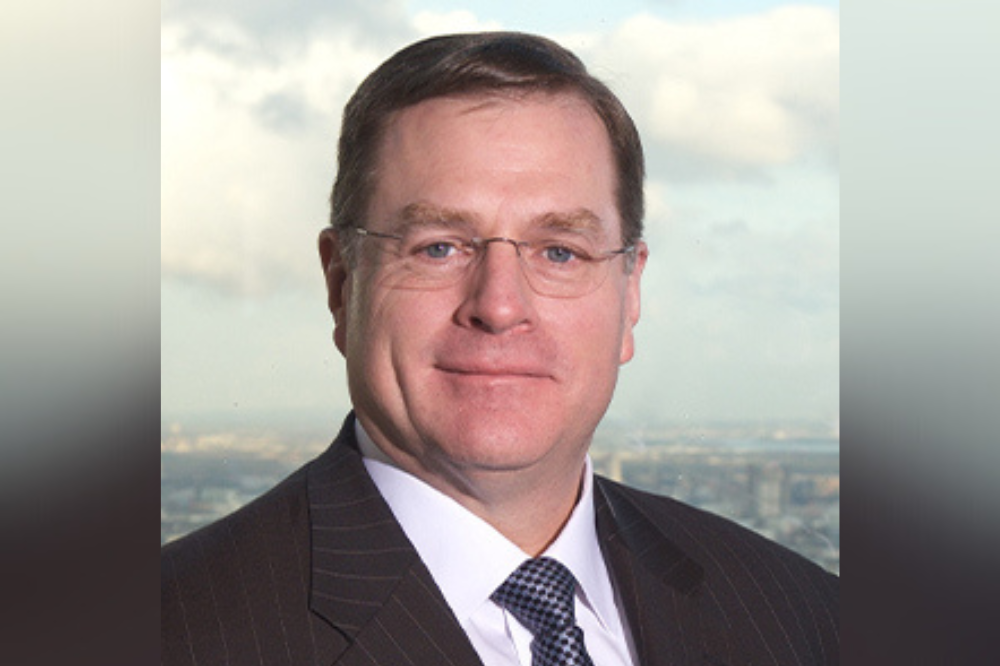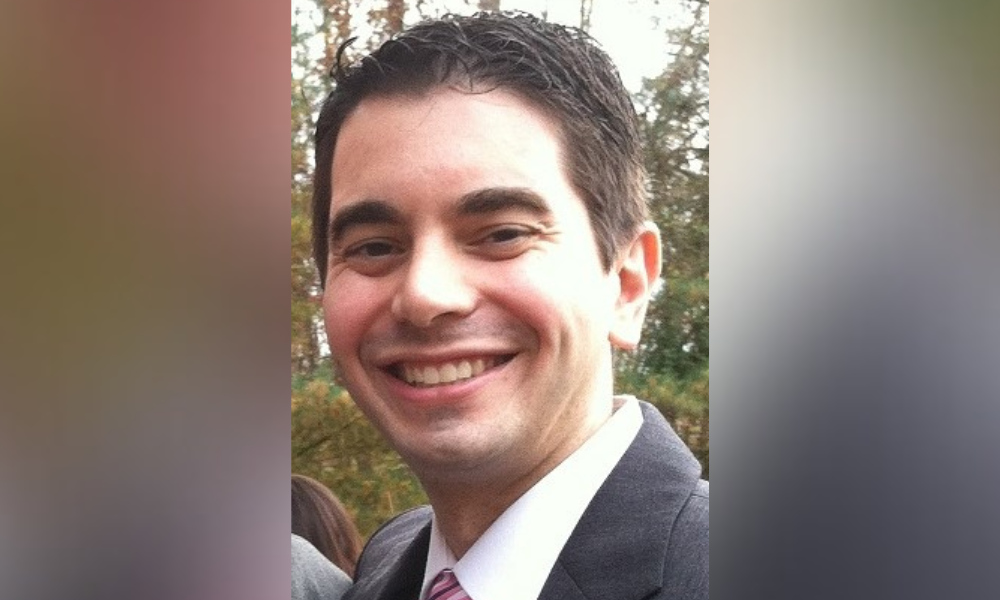

Natural catastrophes have driven hundreds of billions of dollars in insured losses so far this decade, and some have questioned the adequacy of catastrophe models used by insurers to underwrite risks. But actuarial and risk modeling experts are confident that they can and will catch up.
In a Sunday interview with the FT, Aon CEO Greg Case (pictured below) pointed to a need for better modeling to keep up with losses from weather events like severe convective storms and wildfire. The chief exec of the world’s second largest insurance broker underscored that reflecting “history to predict the future” won’t cut it when it comes to catastrophe, cyber or AI-related claims.
When it comes to climate risk, questions have been asked over whether the industry is too dependent on catastrophe models, first developed in the 1980s as a method of measuring natural exposures. This comes as insurers face up to the financial sting of severe weather events.
Globally, insurers experienced $118 billion in insured losses from natural catastrophe events last year, according to Aon. It’s the fourth year in a row that insured damages have topped $100 billion.
It was also a record setting year for the number of $1 billion or more loss events. At least 66 of these natural disasters took place, well above a 21st century average of 43. The industry could be on track for another $100 billion-plus loss year in 2024, with Swiss Re having declared this the “new normal”.

Pictured: Greg Case, Aon CEO
Models should be just one tool in an insurers’ arsenal when it comes to underwriting and pricing, Chris Platania (pictured below), Amwins SVP and head of actuarial services, told IBA. This is particularly the case when measuring higher frequency and lower severity events, like severe storms.

There is an “important delineation” to make between long-tested hurricane and earthquake models and emerging ones covering higher frequency and lower severity perils like flood, severe storm, and wildfire, Platania said.
“On the severe convective storm and wildfire side, we’ve seen a lot more of that in recent years,” said Platania. “It’s tough, because you get into a fuzzier area of using a model versus just using historical experience.”
Evolving unseen before exposures, such population booms in riskier areas and Tornado Alley’s growing reach, coupled with models being updated once every few years means it could be some time before models catch up, Platania predicted.
In the US alone, severe convective storms (SCS) drove insured losses of $58 billion last year.
“They’re probably a few years away from honing in a lot better into that exposure, but they’ll get there,” Platania said. In the interim, Platania expects insurance carriers and actuaries will account for differences seen across model outputs and results in their pricing and underwriting algorithms.
“Models do not predict the future, they’re not going to tell you exactly what’s going to happen tomorrow,” Platania said. “It’s somewhat of a fallacy that people think, ‘well, the model is wrong’. Of course it’s wrong, it’s not going to be exact but it’s going to give you – directionally – the information that you need.”
Natural catastrophes again cost insurers more than $100 billion in 2023. According to Swiss Re Institute:
2023: $117 billion
2022: $141 billion
10-year average: $99 billion
2023: $291 billion
2022: $295 billion
10-year average: $235 billion
2023: $174 billion
2022: $155 billion
10-year average: $136 billion
To say that models are not doing their job in adequately assessing potential changing climate exposures fails to get to the root of the insurance challenge, according to Giovanni Garcia (pictured below), managing director of Verisk’s London office.

“If you look at different sources, like Swiss Re and others, we’d say it’s the fourth year in a row that we have had $100 billion of loss experience,” Garcia told IBA. “But if you compare that to our modeled outputs, the average annual loss from our models currently stands at $133 billion – so even though, for want of a better description, the market is concerned with recent years and recent loss numbers, we still feel this is below the long-term average.”
AIR Worldwide, part of Verisk since 2022, has been assessing the severe thunderstorm peril for decades. Baked in is 10,000 years’ worth of scenarios, akin to rolling the dice 10,000 times to understand what may happen in any given year.
“We have many years that have loss levels that exceeded last year,” Garcia said of the overall SCS impact. “We have scenarios that exceed that significantly – the sheer number of events that occurred, it was a very active season, but we would be able to demonstrate years where we have significantly more scenarios than we saw last year.”
That said, by their very nature models cannot be perfect. There is always room for improvement, Garcia acknowledged.
Risk modeling businesses include:
AIR Worldwide is building out climate condition catalogs. The aim is to show its customers what their portfolios might look like in “30-, 50-, or 70-years’ time”, Garcia said.
Machine learning and AI is being used to build models and bring them to market quicker. Companies typically update their models every three to five years, but technology could speed up the process.
Verisk’s AIR Worldwide is also looking at physics-based climate modeling, which should help modelers look at events across the globe in a more interconnected way.
“Today, the events that happen in Japan in our catalog would be independent to the events that happened in the US,” Garcia said. “Whereas in the future, that year one will be one global model, so all the correlations between the different basins, the different El Nino or La Nina phases, will be captured explicitly, rather than today when we’re implicitly capturing those.”
Got a view on natural catastrophes and cat risk modeling? Leave a comment below.
